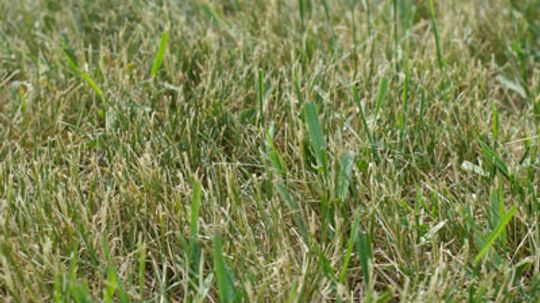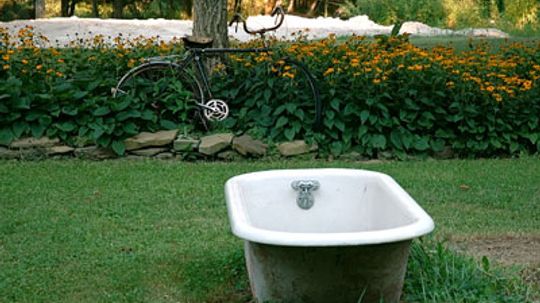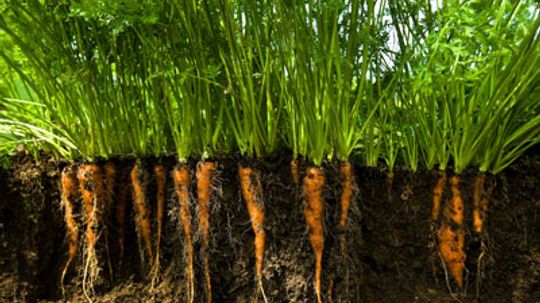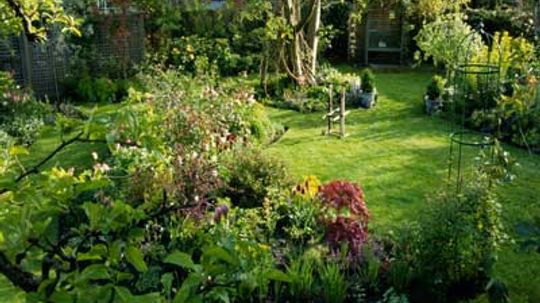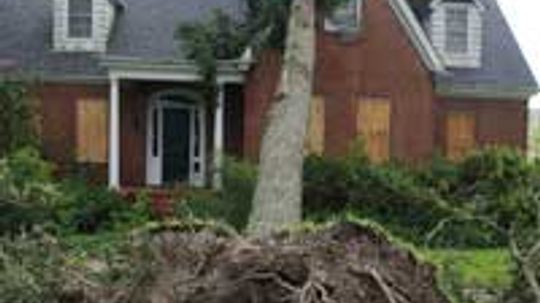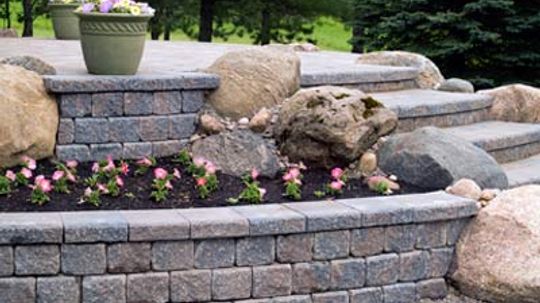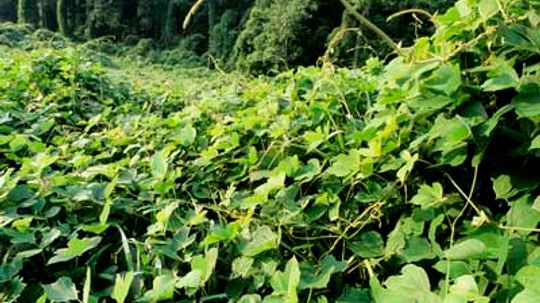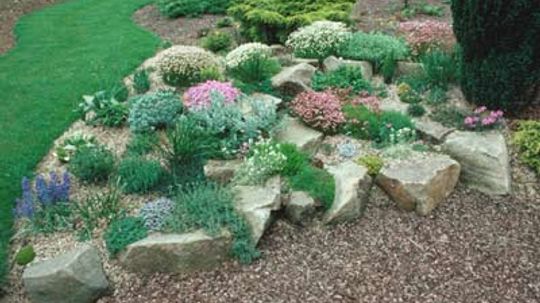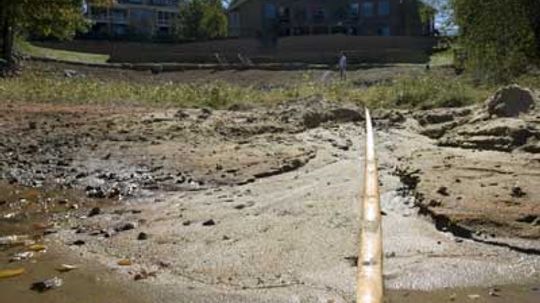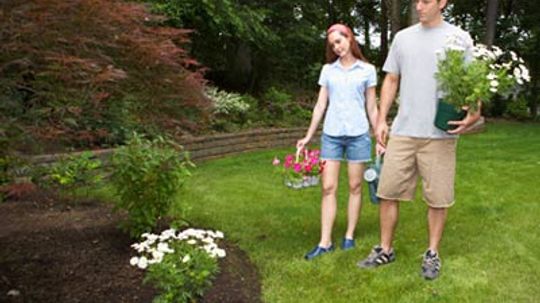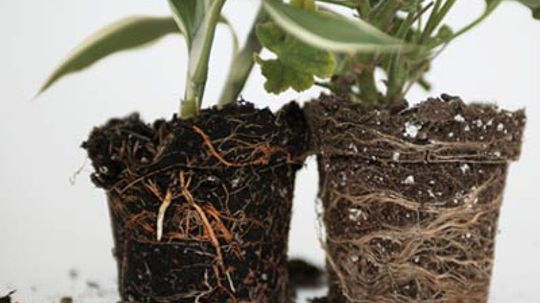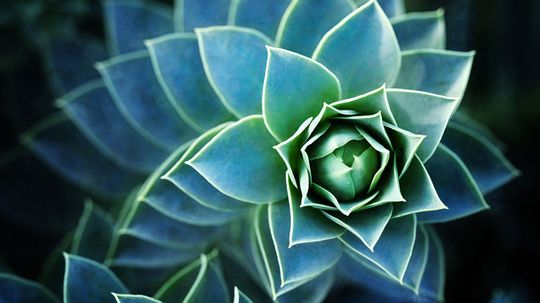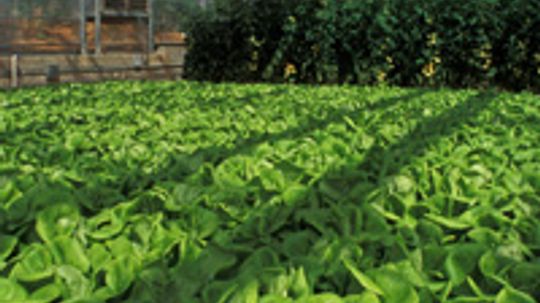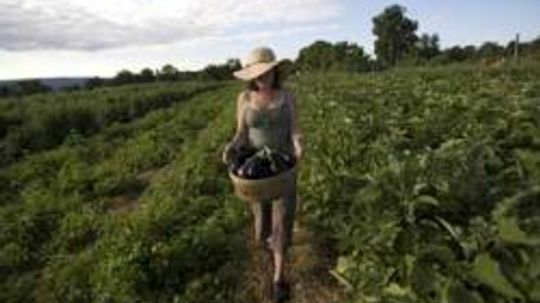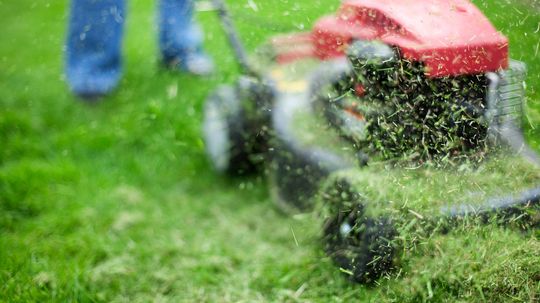Lawn and Garden
Yard and lawn care is an important part of maintaining a home. Learn about landscaping and get yard tips and advice from the experts at HowStuffWorks.
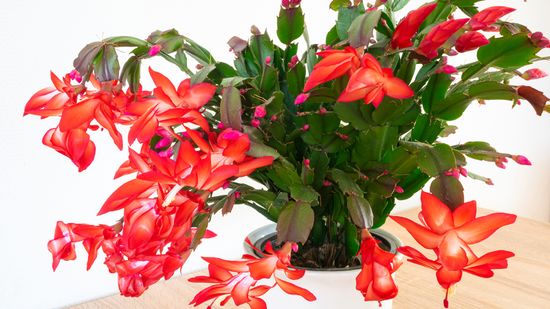
Christmas Cactus vs. Thanksgiving Cactus: What the Schlumbergera?
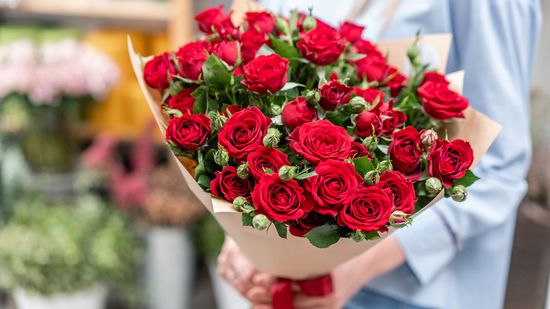
15 Types of Roses (Out of a Whopping 30,000)
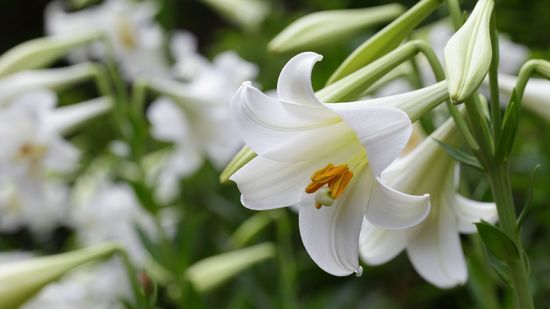
11 Types of Lilies Blooming in Gardens Around the World
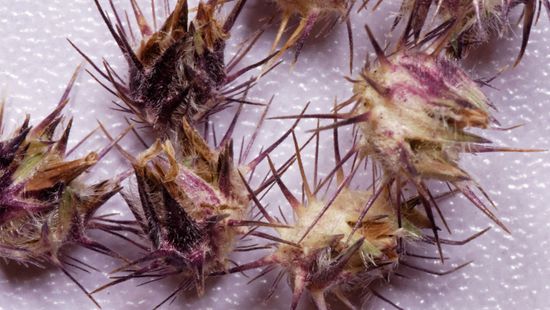
Sandspurs: The Spiky Scourge of Feet and Lawns
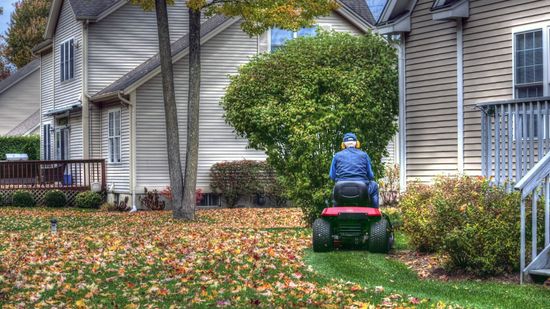
Why You Should Stop Raking Fall Leaves, Stat!

Is Artificial Turf the Lawn of the Future?
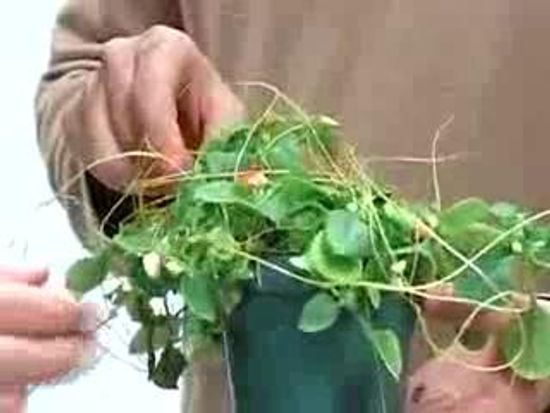
What time of day should you water your plants?
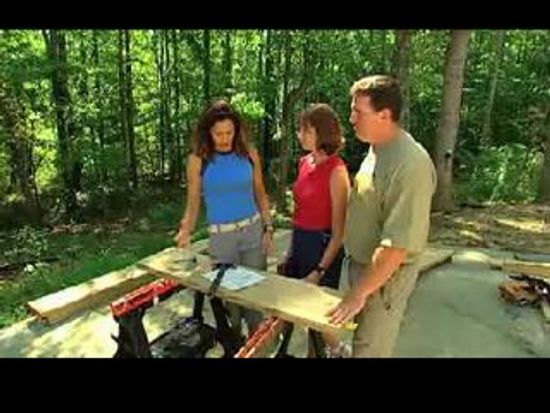
What types of stones work well in hardscape designs?

What is aquaponics?
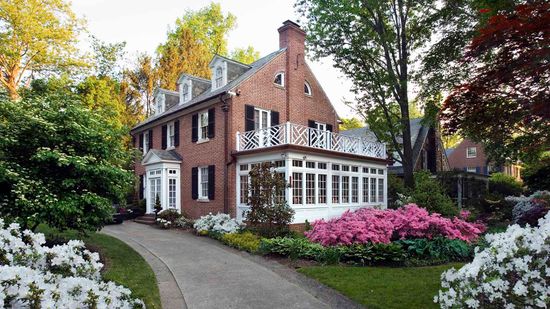
How Azaleas Became the Signature Flowers of the South
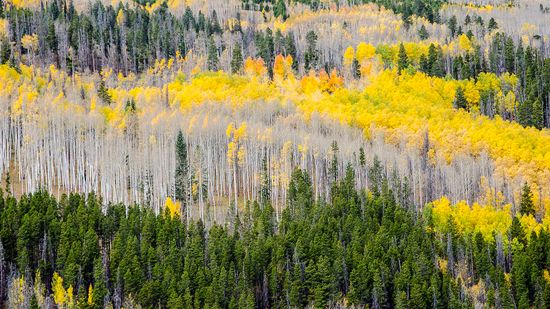
Why Evergreen Trees Don't Shed Their Needle-like Leaves
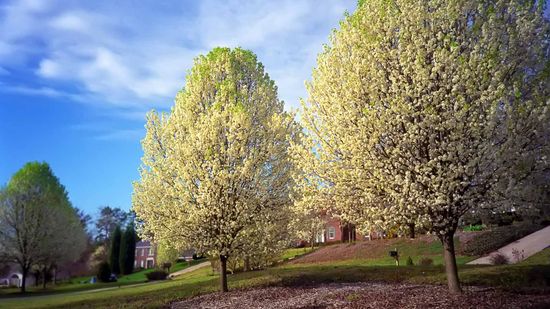
The Dreaded Bradford Pear Tree Smell Isn't Very Pear-Like
Learn More / Page 6
Crabgrass is like a bully on a playground, pushing weaker kids out of the way and taking over the jungle gym. Your first instinct may be to remove the offending grass away from other plants. But in the right setting, crabgrass does have its purpose.
The name may sound a little strange, but monkeypod trees are actually beautiful shade trees that can grow to enormous dimensions. So what does that have to do with monkeys, anyway?
By Debra Ronca
Whether they're blooming through a crust of snow or showing off their vivid colors while temperatures drop, hardy plants are thriving as the winter rolls in. And these 10 will make you want to dig that green thumb into the snow.
By Sara Elliott
Advertisement
Garden decor is one of those areas where beauty is in the eye of the beholder. The fiercely trimmed lawns and clipped hedges of the 1950s have given way to a new interpretation of the garden as an area for self-expression.
By Sara Elliott
You may think of a land full of leafy green elephants when you hear the word "topiary," but you can train and shape plants in own back yard -- or even on your office desk.
By Tonyia Cone
Aeroponics is a deceptively simple growing method that uses very little water and no soil. As counterintuitive as that may seem, aeroponics has yielded more crops in less space and in less time than traditional methods.
By Josh Clark
These days, we're all trying to do our part to conserve water. But even if you've cut your shower time down from 15 minutes to five, you could still be committing a water sin in your garden. How can you keep your petunias perky with less water?
Advertisement
Some home and garden experts recommend spending between 5 and 15 percent of your home's value to landscape your yard. Well, we've got 10 tips to keep your landscaping budget in check -- and to ensure a lush, lively lawn.
Trees are an important part of the Earth's ecosystem, and they do a lot for people. So what kind of people take care of trees? Arborists are a tree's best friend.
By John Fuller
It looks violent and involves spiky tools that seem straight out of the Mad Max movies, but lawns love aeration. Do you know how to let your little patch of green breathe?
By Robert Lamb
There's a fable that compares the strength of an oak to the flexibility of a willow. The willow weathers the storm because it bends with the wind. But if you live in a storm-prone area, what type of tree should you plant in your yard?
Advertisement
Imagine you're in a garden with a verdant ground that is punctuated by flowers and two pebble paths. When delicate flowers intersect with inanimate, structural objects, there are hardscaping design principles at work
By Jane McGrath
You wouldn't plant a banana tree in Wisconsin, would you? Or if you did, you'd expect to give it a lot of tender love and care -- it's far too exotic to thrive on its own. Sometimes, it just makes sense to work with what the natural landscape offers.
How much water does a rock need to grow? That's a trick question. If your thumb isn't exactly green but you love the idea of having a manicured outdoor space, a rock garden might fit the bill.
By Jane McGrath
Irrigation lines can bring your farm or garden alive, but you may have to troubleshoot a few problems along the way. What do you do if compacted soil, coyotes or cold weather messes up your system?
By Robert Lamb
Advertisement
The green movement is becoming more and more popular, gaining momentum daily. And there are many popular systems and programs that can help restore some of Earth's depleted resources. Agroforestry is one practice that does just that.
If you're trying to improve your property, you may cringe at the thought of anything as complicated as a landscape analysis. Can't you just plant some flowers and be done with it? Why start with a landscape analysis? Find out.
We've all seen an overgrown, ugly, garbage-filled, vacant city lot at some point in our lives. These hulking eyesores can make the loveliest of neighborhoods look unkempt and even unsafe. But it's nothing a little urban landscape design can't fix.
If after a heavy rain, your yard holds enough water for Noah to float his ark, maybe it's time for some landscaping. Paying attention to your yard's soil type, as well as the plants and erosion within it, is important when planning a landscape.
By Olivia Page
Advertisement
Succulents manage to live with a lot less water than some of their thirstier counterparts. That doesn't mean you can just neglect them and expect them to thrive though.
As the population of our planet soars and arable land declines, hydroponics will allow us to produce crops in greenhouses or in multilevel buildings dedicated to agriculture. How else will hydroponics save plant populations?
By Bambi Turner
Is too much of a good thing a bad thing? When it comes to fertilizing your lawn, yes. So what does the damage? And how can you make splendor from your grass?
By Josh Clark
Permaculture emphasizes integrated farming and ecological engineering which, in theory, allows farms and communities to pursue their own ends in a way that works with their environments.
By Robert Lamb
Advertisement
Don't bag your grass cuttings for the garbage man. Bags of grass grow our landfills when those clippings could be growing a healthy lawn. How do lawn clippings act as fertilizer?
Forget those boring plots of fruits and veggies. Why sacrifice aesthetic appeal when growing your own food? Border your garden with lettuce, use mint as ground cover and encourage your kiwi vines to climb trellises.
